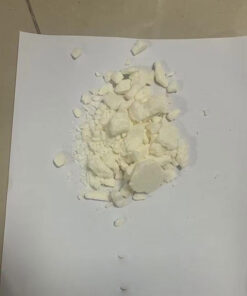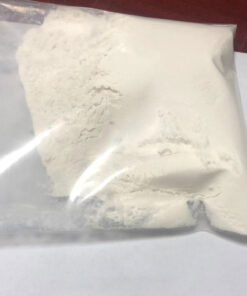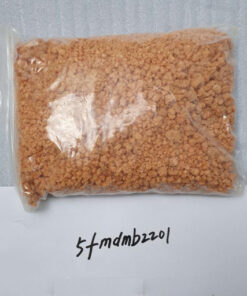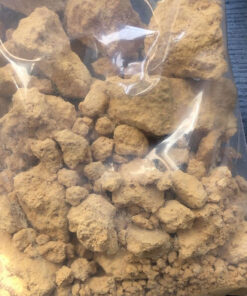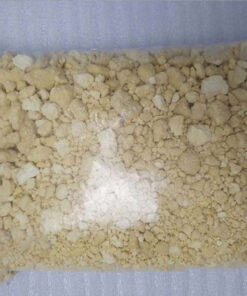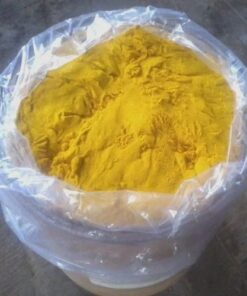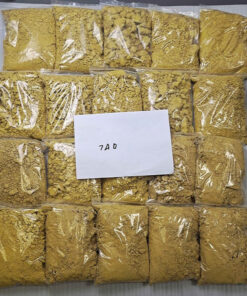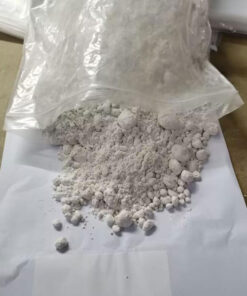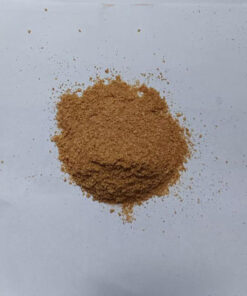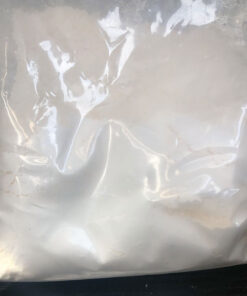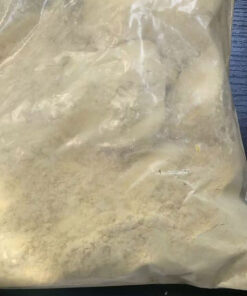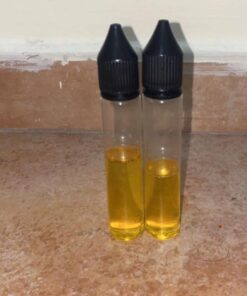Synthetic Cannabinoids (Synthetic Marijuana, Spice, K2)
Common Street Names: K2, Spice, AK47, Incense, Fake Weed, Yucatan Fire, Genie, Skunk, Moon Rocks, Zohai, Black Mamba
What is synthetic marijuana (synthetic cannabinoids, K2 or Spice)?
Synthetic cannabinoids, also known commonly by the name of “Spice” or “K2”, first became available in the U.S. in the mid-2000’s. These synthetic products are designer drugs in which incense or other leafy materials are sprayed with lab-synthesized liquid chemicals to mimic (copy) the effect of tetrahydrocannabinol (THC), the psychoactive ingredient in the naturally grown cannabis sativa plant.
Synthetic cannabinoids are sometimes incorrectly called “synthetic marijuana” (or “fake weed”), and they are often promoted as safe or legal substitutes to natural marijuana. There is no actual marijuana plant in synthetic cannabinoids; however, the action of the chemicals still take effect on the cannabinoid (THC) receptors in the brain. Synthetic cannabinoids can produce very different actions from smoking natural marijuana. The effects can be much more intense, unpleasant and sometimes dangerous compared to naturally grown marijuana.
Is synthetic cannabinoids (“synthetic marijuana”) still available in stores?
In July 2012 a national ban was enacted against the sale of synthetic cannabinoids in the U.S.1 Local and state laws also regulate synthetic cannabinoids. While synthetic cannabinoids are illegal in the U.S., the product may still be sold illegally on the streets.
Spice or K2 has been marketed as an incense in colorful three-ounce pouches or vials and labeled “not for human consumption”. Spice or K2 became increasingly popular with high school students and young adults in the mid-2000’s because it was legal and easily obtainable from convenience stores, smoke shops, and online.
Popular belief is that “Spice” or “K2” is safe, non-toxic, and results in a psychoactive (mind-altering) effect similar to regular marijuana. However, case reports and surveys have identified serious toxicities that occur with use of synthetic cannabinoids, and some users have required emergency room treatment. The chemicals synthesized for the production of synthetic cannabinoids can be more potent than natural THC found in natural marijuana, and may have more dangerous side effects. Little is known of the pharmacological profile of the chemicals or their by-products.
How are synthetic cannabinoids used?
Synthetic cannabinoids are ingested in a similar manner to marijuana, either smoked alone in a joint or other device, such as a pipe or a bong, or rolled into a joint with tobacco or natural marijuana. This product may also be baked into foods, such as brownies, or made into tea.
Synthetic cannabinoid users report experiences similar to those produced by natural marijuana — elevated mood, relaxation, and altered perception. Often, the effects can be stronger than those of natural marijuana due to the synthesized chemicals. Some users report psychotic effects like extreme anxiety, paranoia, and hallucinations.1 Emergency department visits due to the effects of synthetic cannabinoid ingestion have been reported.
What chemicals are in Spice or K2?
The cannabinoid compounds found in these synthetic agents act on the same cell receptors as those affected by the THC in natural marijuana. Identified compounds include2:
HU-210CP 47,497 and homologuesJWH-018JWH-073JWH-398JWH-250oleamide
CANNABINOID
CANNABINOID
CANNABINOID
CANNABINOID
CANNABINOID
CANNABINOID
CANNABINOID
CANNABINOID
CANNABINOID
CANNABINOID
CANNABINOID
CANNABINOID

